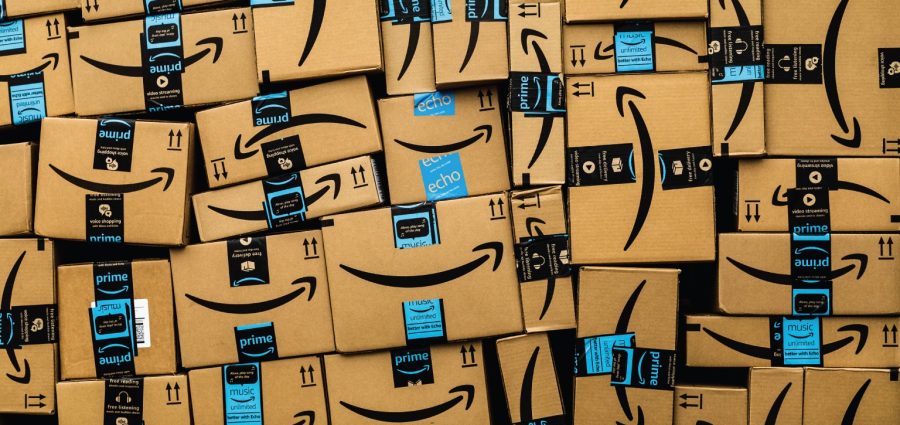Back in early February of this year, MDM reported on how the U.S. government’s designation of Amazon was to be voted on by the U.S. Consumer Product Safety Commission (CPSC) in regards to the eMarketplace provider’s liability when it comes to product safety responsibilities.
That vote came and went on July 30, and it wasn’t in Amazon’s favor.
Following a unanimous vote, the CPSC issued a Decision and Order against Amazon that determined the company was a distributor of products that are defective or fail to meet federal consumer product safety standards, and therefore bears legal responsibility for their recall.
The order is in regards to more than 400,000 products, specifically faulty carbon monoxide detectors, hairdryers without electrocution protection and children’s sleepwear that violated federal flammability standards.
The CPSC determined that these products — listed on Amazon and sold by third-party sellers using the Fulfilled by Amazon program — pose a “substantial product hazard” under the Consumer Product Safety Act. Ultimately, the agency stated that Amazon failed to notify the public about these hazardous products and did not take adequate steps to encourage customers to return or destroy them, which the CPSC said left consumers at substantial risk of injury.
The commission acknowledged that Amazon argued before an Administrative Law Judge (ALJ) and the CPSC that it was not a distributor and therefore held no responsibility for the safety of the products sold under its Fulfilled by Amazon program.
The agency’s order ruled that Amazon must submit proposed plans to notify consumers and the public about the hazardous products and “remove them from commerce” by incentivizing their return or destroying them. From there, the commission will consider Amazon’s proposed plans and address them in a second order.
“The Commission adopts the ALJ’s finding that Amazon operated as a distributor for purposes of the CPSA when it received, stored and delivered the hazardous products through its Fulfilled by Amazon program. The Commission also accepts the Parties’ stipulation that the relevant products distributed by Amazon pose substantial product hazards. In addition, we determine that Amazon must provide notice of the product hazards to purchasers and the public in order to adequately protect the public under Section 15(c) of the CPSA and that it is in the public interest to require Amazon to take remedial actions under Section 15(d) of the CPSA to incentivize the removal of these hazardous products from consumers’ homes.”
The commission’s order noted that Amazon is appealing different aspects of the judge’s decision.
“We stand behind the safety of every product in our store through our A-to-z Guarantee, regardless of whether it is sold by Amazon or by one of our selling partners,” a company spokesperson told CBS MoneyWatch July 30. “We have proactive measures in place to prevent unsafe products, and we continuously monitor the listings in our store. If we discover an unsafe product available for sale, we address the issue immediately, and refine our processes.”
Background
The CPSC sued Amazon in 2021 for distributing unsafe products from third-party sellers on its website through Fulfillment by Amazon. At the time, Amazon’s rebuttal to the commission argued that the agency didn’t have legal ground to make such claims because Amazon was acting as a marketplace and a third-party logistics provider rather than a distributor.
An administrative law judge sided with the commission, saying Amazon did have distributor status and thus safety responsibility. Amazon appealed, which led to the CPSC’s vote and ruling.
Potential Impacts
While the CPSC’s order and ruling is specific to Amazon, it could have far-reaching impacts throughout the eMarketplace industry regarding whether the host platform is likewise responsible for alerting the public about hazardous products and proactively encouraging their return or destruction.
The commission’s ruling and order could task fellow eMarketplace platforms with the same safety responsibilities as traditional retailers and expose the company to lawsuits and extensive recalls over items sold through its eCommerce platforms.
Amazon has long fought the distributor classification, citing its unique business model for online sales. While some of the goods Amazon sells come from its own inventory like brick-and-mortar retailers do, nearly two-thirds of sales on Amazon.com are by third-party sellers.
On the safety front, Amazon’s key argument is that for third-party sales, the company is merely the platform those sellers and buyers use and therefore Amazon isn’t responsible for upholding the quality and safety of products sold by outside vendors on its website.
Amazon will report its 2024 second quarter financial results on Aug. 1. The company had 2023 total sales of $575 billion and a net profit of $30.4 billion.
According to research firm eMarketer, Amazon comprises nearly 40% of all eCommerce in the U.S.
Related Posts
-
Sources told the Wall Street Journal that a Consumer Protection Safety Commission vote could make…
-
A California safety board's proposed rules would call for distribution centers and manufacturing facilities to…
-
The marketplace noted that Amazon Mexico has nearly 18,000 national sellers — 99% of which…






